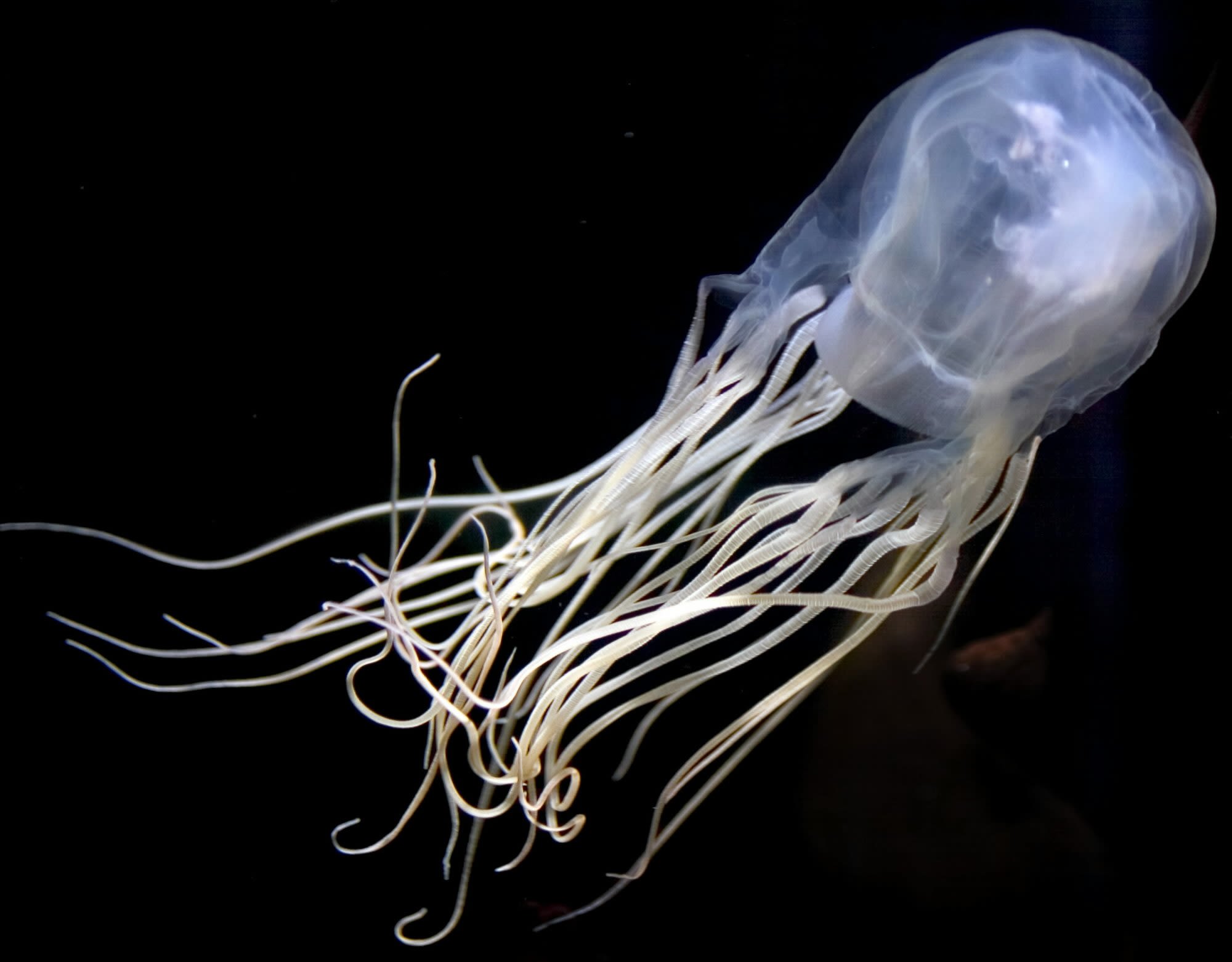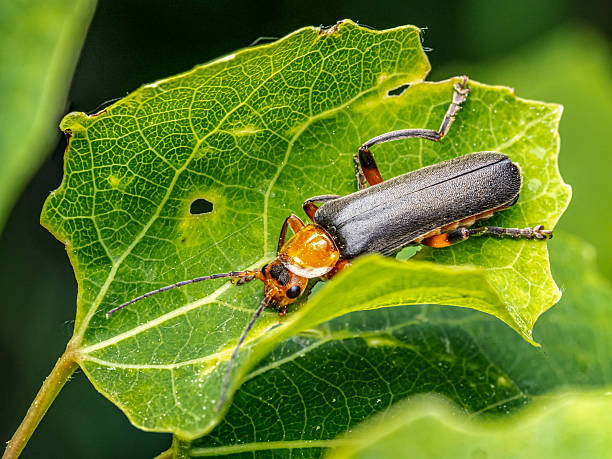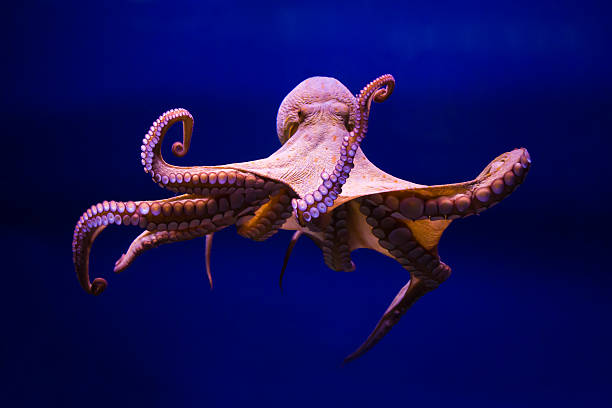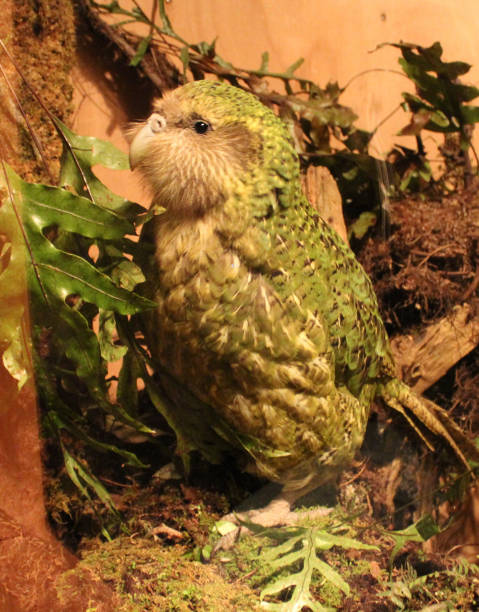The ocean—vast, deep, and mesmerizing—is a cradle of life and a kingdom of danger. Beneath its shimmering surface lies a world that humbles even the bravest explorers. It glows with beauty, yet conceals creatures whose defenses and hunting skills are both awe-inspiring and deadly.
The sea is Earth’s final frontier, covering more than 70 percent of the planet’s surface. It is home to millions of species—many yet to be discovered. But amid its splendor lurk some of the most dangerous beings ever to evolve. Some kill with venom invisible to the eye; others wield brute strength honed over millions of years of evolution.
The ocean is not malevolent—it is wild, indifferent, and ancient. Its deadliest inhabitants are not villains, but perfect survivors, sculpted by nature to dominate their realm. To understand them is to glimpse both the terror and majesty of life itself.
Here are ten of the most dangerous sea creatures on Earth—masters of survival, beauty, and lethal precision.
1. Box Jellyfish – The Silent Assassin of the Sea
In the tranquil blue waters of the Indo-Pacific, beauty glides with quiet menace. The box jellyfish, almost invisible in the sunlight, is one of the deadliest creatures on Earth. Its transparent, cube-shaped body hides tentacles that can deliver venom powerful enough to stop a human heart within minutes.
Each tentacle is armed with thousands of nematocysts—microscopic, harpoon-like cells that inject venom on contact. The pain from a sting is excruciating, burning like acid while the neurotoxin attacks the heart, nervous system, and skin simultaneously. Some victims go into shock before they can even reach shore.
The box jellyfish’s venom is designed to immobilize prey instantly—small fish and shrimp that would otherwise escape. To humans, this same efficiency becomes fatal.
What makes the creature so chilling is its stealth. Nearly transparent, it drifts like a ghost, its presence betrayed only by faint, glimmering edges. Yet this assassin is not mindless—it possesses 24 eyes and a simple but functional nervous system, allowing it to navigate reefs and pursue prey with purpose.
The box jellyfish is a paradox of the ocean—fragile and ethereal, yet capable of unimaginable harm. It is a reminder that in the sea, beauty and danger are often one and the same.
2. Great White Shark – The Apex Hunter
Few creatures command fear like the great white shark. Sleek, powerful, and ancient, this predator has ruled the oceans for over 400 million years. It is not evil, as myths suggest—it is nature perfected, a masterpiece of evolution.
The great white’s very presence evokes primal awe. Measuring up to six meters long, it is built for speed and stealth. Its torpedo-shaped body glides effortlessly through the water, and its keen sense of smell can detect a single drop of blood in 25 gallons of seawater.
But its most terrifying feature is its bite. With serrated, triangular teeth that can slice through bone, the great white attacks with explosive speed—often breaching from below, delivering a devastating first strike. Yet contrary to Hollywood’s portrayal, humans are not on its menu. Most attacks are cases of mistaken identity; the shark confuses surfers or swimmers for seals.
Once it realizes the mistake, it often releases its victim. But the damage from that first bite can be catastrophic.
The great white is not just a predator—it is a symbol of balance in the marine world. It regulates populations of seals and other species, maintaining the health of ecosystems. Its danger to humans is real but rare, its purpose not malicious but instinctive.
To meet a great white in the wild is to confront evolution’s raw power—terrifying, majestic, and utterly awe-inspiring.
3. Blue-Ringed Octopus – The Tiny Killer with a Fatal Touch
Barely the size of a golf ball, the blue-ringed octopus is one of the ocean’s most deceptively deadly creatures. Found in tide pools and coral reefs from Japan to Australia, this small cephalopod carries venom capable of killing 26 adult humans in minutes.
Its beauty is mesmerizing—iridescent blue rings that shimmer like electric lights. But those glowing patterns are not decoration; they are a warning. When threatened, the octopus’s colors intensify, signaling that danger is near.
Its venom, tetrodotoxin, is a neurotoxin 1,200 times more potent than cyanide. It causes paralysis while the victim remains fully conscious. Within minutes, respiratory failure sets in, and without immediate artificial ventilation, death follows swiftly.
There is no known antivenom.
The blue-ringed octopus does not attack unprovoked—it uses its venom defensively or to hunt small crabs and shrimp. But its habit of hiding in shells or crevices makes accidental encounters common, especially among curious beachgoers.
What makes this creature truly haunting is its contradiction: delicate, beautiful, almost playful to look at, yet harboring one of nature’s most efficient poisons. It is a reminder that in the ocean, danger often wears the mask of elegance.
4. Saltwater Crocodile – The Ancient Predator
If the ocean has a king, it is the saltwater crocodile. A living fossil that has changed little in 200 million years, this reptile is the largest and most dangerous crocodilian on Earth.
Found across Southeast Asia and northern Australia, saltwater crocodiles—or “salties”—can grow over 7 meters long and weigh more than a ton. They dominate both freshwater rivers and coastal seas, capable of swimming hundreds of miles in open ocean.
Their power is almost mythical. A saltwater crocodile’s bite force exceeds 3,700 pounds per square inch—strong enough to crush bone, metal, or turtle shell with ease. They hunt with patience and precision, lurking just below the surface until the perfect moment to strike.
Once they clamp down, escape is impossible. The crocodile performs a “death roll,” spinning its prey underwater to dismember and drown it. Humans are occasional victims, usually caught by surprise near river mouths or mangrove coasts.
Unlike many predators, saltwater crocodiles are not driven by hunger alone—they are territorial and aggressive. Anything that enters their domain, from fish to buffalo, is fair game.
To witness one is to look into the eyes of prehistory. In those cold, yellow eyes lies a mind honed for dominance, a survivor that has outlasted dinosaurs and ice ages alike. The saltwater crocodile is not merely dangerous—it is the embodiment of nature’s untamed power.
5. Stonefish – The Ocean’s Master of Disguise
At first glance, a stonefish looks like nothing more than a rock on the seafloor. That’s exactly what it wants you to think. Hidden in plain sight, this master of camouflage is the most venomous fish in the world.
Its dull, mottled body blends perfectly with coral and sand. Step too close, and you’ll trigger one of its 13 venomous spines. The sting is immediate and excruciating, often described as worse than childbirth or amputation. Victims experience swelling, paralysis, and, in severe cases, heart failure.
The venom is a cocktail of neurotoxins and enzymes designed to kill small prey instantly. Humans, though not its target, can die within hours without medical treatment.
What makes the stonefish truly terrifying is its invisibility. Divers and swimmers may not see it until it’s too late. Even when handled out of water, it can still inject venom through its dorsal spines.
Antivenom exists, but time is critical. Hot water can help neutralize some toxins by denaturing proteins, but full recovery can take weeks.
The stonefish’s lethality is a product of evolution, not malice—a perfect adaptation for survival in the cutthroat world of coral reefs. It is the ocean’s silent sniper, unseen until it strikes.
6. Cone Snail – The Beautiful, Deadly Collector
It seems impossible that a seashell could kill you, yet the cone snail can do exactly that. Found in tropical waters, these elegant mollusks are prized by collectors for their intricate, colorful shells. But inside lurks a weapon worthy of science fiction.
The cone snail hunts with a harpoon-like tooth filled with potent venom. It fires this tooth like a dart, injecting a complex cocktail of neurotoxins known as conotoxins. Depending on the species, a single sting can paralyze and kill a human in under an hour.
The venom blocks nerve signals, leading to muscle paralysis and respiratory failure. There is no known antivenom. Treatment is purely supportive—keeping the victim alive until the toxin wears off.
Cone snails use this weapon to catch fish, worms, and other snails with unerring precision. Some species can even “shoot” their harpoons at prey from a distance, a rare feat among mollusks.
They are exquisite to look at—patterns like polished jewels—but this beauty is deceptive. The cone snail is proof that the deadliest threats in nature often come in the most delicate forms.
Collectors are advised to handle them with extreme caution—or better yet, to admire them only from afar.
7. Portuguese Man o’ War – The Drifting Army
The Portuguese Man o’ War is often mistaken for a jellyfish, but it’s not a single organism—it’s a colony of specialized creatures working together as one. Drifting on the ocean’s surface, it looks almost beautiful, with a translucent blue and violet float that glistens in sunlight. Beneath it, however, trail tentacles up to 30 meters long, laced with venomous cells that deliver unbearable pain.
Each tentacle is lined with nematocysts, capable of paralyzing small fish and inflicting severe burns on humans. Contact can cause shock, respiratory distress, and cardiac arrest. Even detached tentacles washed ashore can sting for days.
The Man o’ War’s sting is rarely fatal, but its impact is unforgettable. The pain radiates through the body like electric fire, leaving scars both physical and psychological.
What makes this creature fascinating is its teamwork. It is a siphonophore—a colony of four kinds of zooids, each specialized for a different task: floating, feeding, capturing prey, or reproducing. Together, they move with the wind and current, a living warship adrift in the open sea.
The Portuguese Man o’ War is a paradox of grace and lethality—a delicate menace that reminds us how power can exist in the most unexpected forms.
8. Tiger Shark – The Ocean’s Garbage Collector
Bold, curious, and powerful, the tiger shark is one of the ocean’s most formidable hunters. Known for their striped bodies and voracious appetites, tiger sharks are responsible for more human attacks than almost any other species except the great white.
Unlike many sharks, tiger sharks are opportunistic feeders—they’ll eat almost anything. Their stomachs have contained license plates, tires, and even pieces of clothing. This adaptability makes them successful survivors, but also unpredictable.
A fully grown tiger shark can reach five meters in length and weigh over 1,000 pounds. It has serrated teeth designed not just to cut but to crush. Its bite is so forceful that it can snap through turtle shells with ease.
What makes tiger sharks particularly dangerous is their curiosity. They approach unfamiliar objects—including humans—with a combination of caution and boldness, often investigating with a “test bite.” In murky water, that test can be fatal.
Despite their reputation, tiger sharks play a vital role in maintaining ecological balance by removing weak and sick animals from marine populations. They are not monsters—they are the sea’s custodians, fierce yet essential.
9. Lionfish – The Beautiful Invader
Few sea creatures are as visually striking as the lionfish. With its flowing fins and vivid stripes, it looks like an underwater ballet dancer. But this beauty conceals danger. The lionfish’s spines deliver venom that causes intense pain, nausea, and, in rare cases, heart failure.
Native to the Indo-Pacific, lionfish have become invasive in the Atlantic and Caribbean, where they devastate local ecosystems by consuming small fish and reproducing rapidly. Their venom is primarily defensive, delivered through needle-like spines when threatened.
For humans, a sting from a lionfish is rarely fatal, but it can cause agony lasting hours or days. Swelling, muscle weakness, and even hallucinations have been reported.
Divers who encounter lionfish are often torn between admiration and caution. Their movement is hypnotic, their appearance almost regal—but they are living proof that beauty in nature often comes with a warning.
In ecological terms, the lionfish is a symbol of imbalance—a creature too successful, thriving where it does not belong. In human terms, it’s a reminder that fascination and danger often coexist.
10. Sea Snake – The Venomous Serpent of the Deep
Graceful and serene, sea snakes glide through tropical waters like ribbons of living silk. But beneath their elegance lies one of the most potent venoms in the animal kingdom.
Sea snakes evolved from terrestrial ancestors millions of years ago, adapting perfectly to ocean life. Their flattened tails act as paddles, and they can hold their breath for hours. Some even have glands that expel excess salt, allowing them to survive indefinitely at sea.
Their venom is 10 times more toxic than that of a cobra. A few milligrams can kill a human. Fortunately, they are not aggressive and rarely bite unless provoked.
When they do strike, their venom attacks the nervous system and muscles, leading to paralysis and respiratory failure. Because their fangs are small and fixed, they often fail to inject a full dose—but even a minor envenomation is serious.
Despite their lethality, sea snakes are calm, inquisitive creatures. Divers often swim beside them unharmed. They are reminders of nature’s balance—how immense power can coexist with gentle grace.
The Ocean’s Lesson: Respect, Not Fear
Each of these creatures, from the box jellyfish to the sea snake, tells a story about survival. Their danger is not cruelty—it is adaptation, a testament to nature’s ingenuity.
The ocean is not a place of evil. It is a mirror of life itself: breathtaking, unpredictable, and profoundly interconnected. Every deadly venom, every crushing jaw, every hidden spine exists for a reason—to feed, to defend, to endure.
When humans venture into the sea, we are guests in an ancient realm. Respect, not fear, should guide us. Awareness keeps us safe, but wonder keeps us human.
To know the ocean’s deadliest creatures is not merely to fear them—it is to admire the delicate balance that sustains all life. For in their danger lies beauty, and in their survival, the timeless story of nature’s power.






